Penile fibroblasts are more important for erectile function than previously thought

Regular erections may be important for maintaining erectile function, a new study on mice by scientists from Karolinska Institutet has found. We found that when the frequency of erections increases, the number of erection-supporting fibroblasts increases, and conversely, when the frequency of erections decreases, the number of these cells decreases,” says principal investigator Christian Gerrits.
In the new study, scientists from the Karolinska Institute in Sweden and Uppsala University have shown that connective tissue cells called fibroblasts have a previously unknown and very important function in providing erections.”
Eduardo Guimaraes, a researcher in the Department of Cell and Molecular Biology at Karolinska Institutet and lead author of the paper, said.
“We can now use a very precise technique called optogenetics to show that fibroblasts play a very important role in regulating blood flow in the penis.
This study shows that fibroblasts mediate erection by absorbing the neurotransmitter norepinephrine, which dilates blood vessels in the penis. The efficiency of this process depends on the number of fibroblasts.
The body adapts
The researchers were also able to show that the number of fibroblasts in the penis is affected by erection frequency. The higher the frequency of erections, the more fibroblasts; and conversely, the lower the frequency of erections, the fewer fibroblasts.
It’s not that strange. If you abuse your body, it adapts. If you jog regularly, you breathe easier,” says Christian Gerrits, a senior researcher in the Department of Cell and Molecular Biology at Karolinska Institutet who led the study.
As for what conclusions can be drawn for humans from the mouse study, Christian Gerrits says there are significant parallels.
The basic mechanisms of erection are very similar in all mammals in terms of anatomy, cellular structure, etc. However, the difference between humans and most mammals is that the penis is bony. This means that effective regulation of blood flow is perhaps even more important for human reproductive function.”
Fewer fibroblasts with age
Older mice had fewer fibroblasts in the penis, which was also reflected in decreased blood flow. Erectile ability also declines with age in humans, which may be partly due to a decrease in the number of fibroblasts in the penis. Therefore, researchers believe that to combat impotence, we can train erectile capacity in the same way that people train muscle strength and endurance in the gym.
‘This is a small assumption because our study did not show this, but a reasonable interpretation would be that regular erections alleviate the condition,’ says Christian Gerrits.
He hopes that new knowledge about the role of fibroblasts in erections will lead to new treatments for erectile dysfunction.
Erectile dysfunction, or impotence, affects between 5% and 20% of all men, and its prevalence increases with age. Erectile dysfunction often has a negative impact on the quality of life, physical and psychosocial health of patients and their families.
In addition to age, common risk factors are similar to cardiovascular disease: hypodynamia, obesity, hypertension, smoking, high cholesterol and metabolic syndrome.
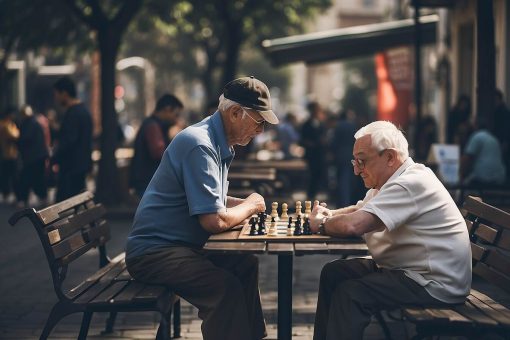

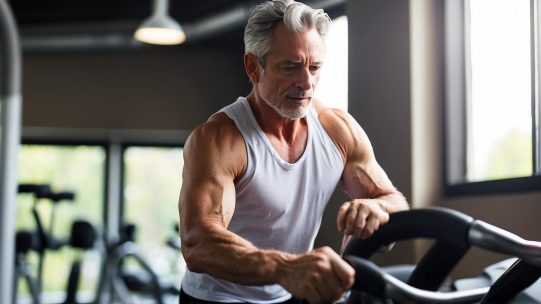

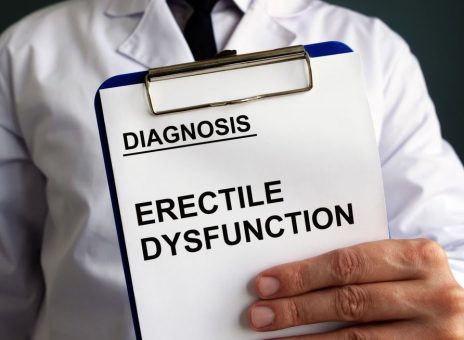

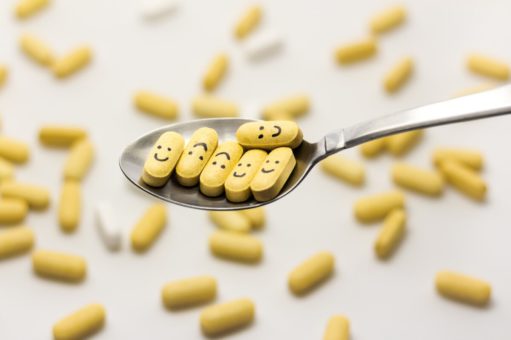
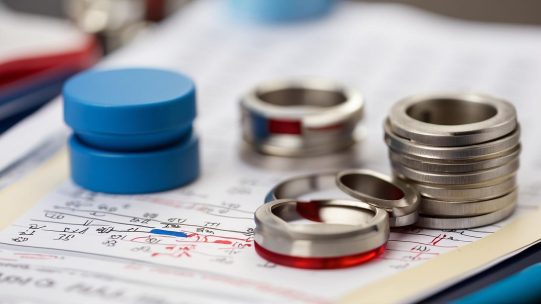


Comment